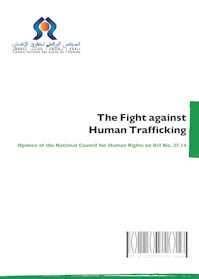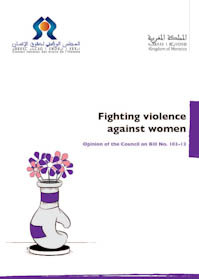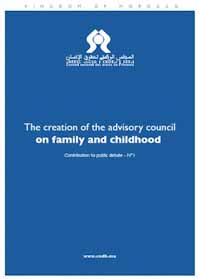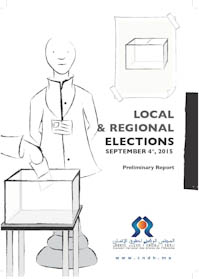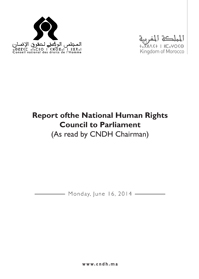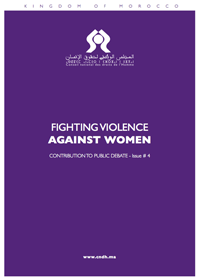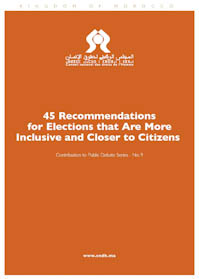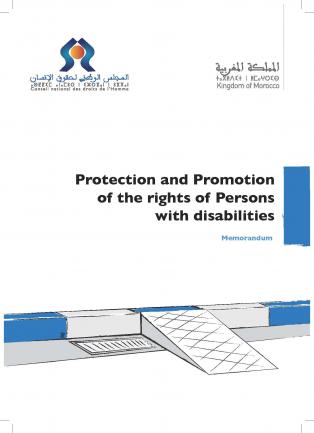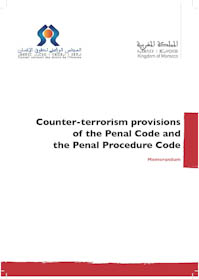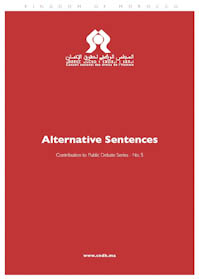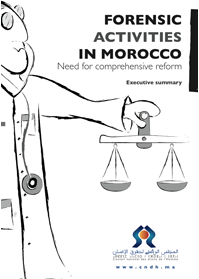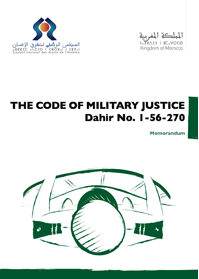Preservation of memory: buiding Tazmamart cemetery and rehabilitating surrounding areas
Mohammed Essabbar, Secretary General of the National Human Rights Council, met with the governor of the Province of Midelt to discuss the construction of the cemetery of Tazmamart and the rehabilitation of the surrounding areas, on Tuesday April 13, 2013, at the headquarters of the Province.Mr. Essabbar highlighted in this meeting, attended by Abdelhak Mossadeq, chargé de mission in the Council, the framework within which the meeting was held: the implementation of the recommendations of the Equity and Reconciliation Commission and the realization of the project related to the rehabilitation of the cemetery where the victims of the past human rights violations rest. He shed light on the outcome of the two previous meetings, held on the 3rd of December 2010 and the 4th of June 2011. He particularly stressed the commitments that were made in this regard by the Midelt Province to insure harmony of the different programs targeting the inhabitants of the village concerned and the former barrack in Tazmamarat. Building the new cemetery is a way to preserve memory, he said.
CNDH’s secretary general shed light on the progress made so far in meeting the demands of the victims or the rights holders, mainly those related to social re-integration.
For his turn, the governor of Midelt reaffirmed his commitment to what have been agreed on in the previous meetings. He highlighted the progress that has been made in meeting the demands of Tazmamart inhabitants and the challenges overcome.
In order to immediately start implementing the project, the two officials agreed to set up a technical committee made of the representatives of the Province, Al Omran equipment and construction company, CNDH’s central administration, a member of the Regional Human Rights Commission and the chosen architect. It was decided that the committee should hold its first meeting on April the 15th.
The Equity and Reconciliation Commission had made several recommendations related to the preservation of memory through the rehabilitation of secret detention centers, the creation of spaces to preserve memory, the transformation of a part of detention centers into places for memory (establishment of cultural and social centers, multi-disciplinary spaces and documentation and citizenship centers) and the classification of symbolic places as historical monuments.






